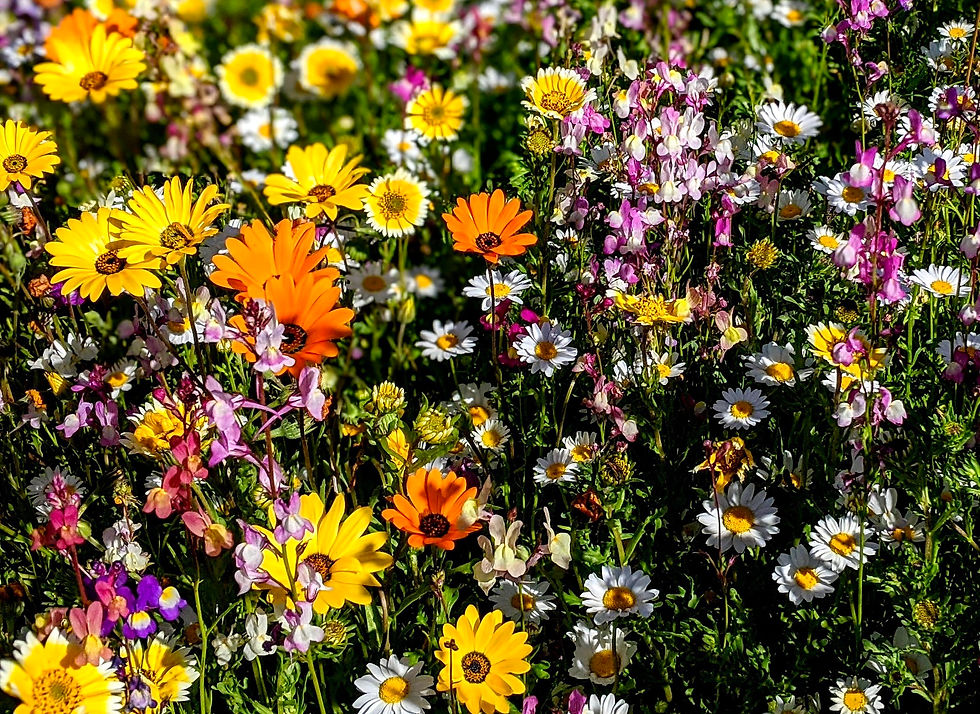Common Name: Strawberry Clover
Scientific Name: Trifolium fragiferum
Native / Introduced: Introduced
Highlights / Main Uses:
~Reclamation of wet, saline sites
~Erosion control
~Lawn and pasture mixtures
Height: 6-12 inches
Colors: White to light pink
Flowering Season: Spring to late summer
Soil Types: Adapted to a wide range of soils
Tolerances:
~Moderate to saline and alkaline
~Wet soil
Sun or Shade: Full sun and partial shade
Minimum Precipitation: 15-18 inches
Lifecycle: Perennial
Planting Seed Rate: 4-8 lbs/acre
Estimated Seeds Per Pound: 300,000
Optimal Planting Season: Fall or spring
Planting Depth: 1/4 - 1/2 inches
Category: Legume
Description:
Strawberry Clover, scientifically known as Trifolium fragiferum, is a perennial plant that belongs to the legume family. It is characterized by its stoloniferous growth pattern, which means it produces above-ground runners (stolons) that help it spread and cover a wide area. One of the notable features of Strawberry Clover is its ability to fix nitrogen from the atmosphere, making it a valuable addition to soil health.
This versatile plant is well-suited for various soil types, demonstrating adaptability to a wide range of soil conditions. It exhibits moderate tolerance to saline, alkaline, and wet soil environments, which makes it particularly valuable in challenging landscapes. Strawberry Clover can play a pivotal role in the reclamation of wet, saline sites, helping to restore and stabilize these areas.
In addition to its reclamation properties, Strawberry Clover is also employed for erosion control purposes. Its dense growth and root system help prevent soil erosion by binding soil particles together, thus reducing the risk of sediment runoff during heavy rainfall or other environmental stressors.
Moreover, Strawberry Clover finds utility in lawn and pasture mixtures. Its ability to fix nitrogen enriches the soil, promoting healthy grass growth alongside other plant species. This can be advantageous in agricultural and landscaping contexts, as it can contribute to the overall fertility and productivity of the land.
For successful cultivation and growth, Strawberry Clover typically requires a minimum precipitation level ranging from 15 to 18 inches annually. This information is crucial for farmers and land managers, as it helps them determine whether the local climate and rainfall patterns are suitable for cultivating this beneficial legume. Overall, Strawberry Clover is a valuable and versatile plant species that can serve various ecological and agricultural purposes, thanks to its adaptability and nitrogen-fixing capabilities.
NRCS Plant Profile: https://plants.usda.gov/home/plantProfile?symbol=TRFR2
NRCS Plant Guide: https://plants.usda.gov/DocumentLibrary/plantguide/pdf/pg_trfr2.pdf
top of page
$24.45Price
Related Products
bottom of page



























